How to plant peonies in the spring: basic rules for growing and care
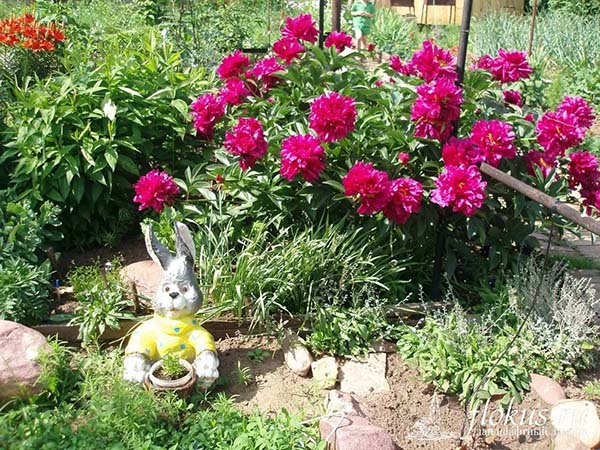
Content
Varieties and popular varieties of peonies
Tree-like
- European;
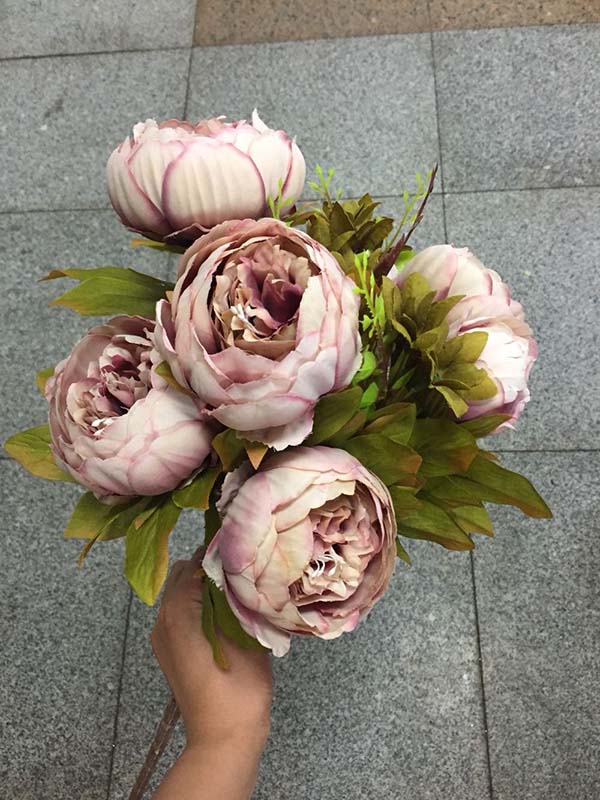
- Japanese;
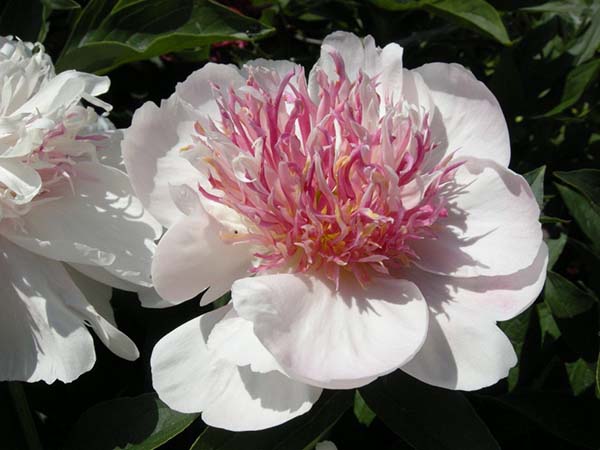
- Hybrids of Delaway and Yellow peonies;
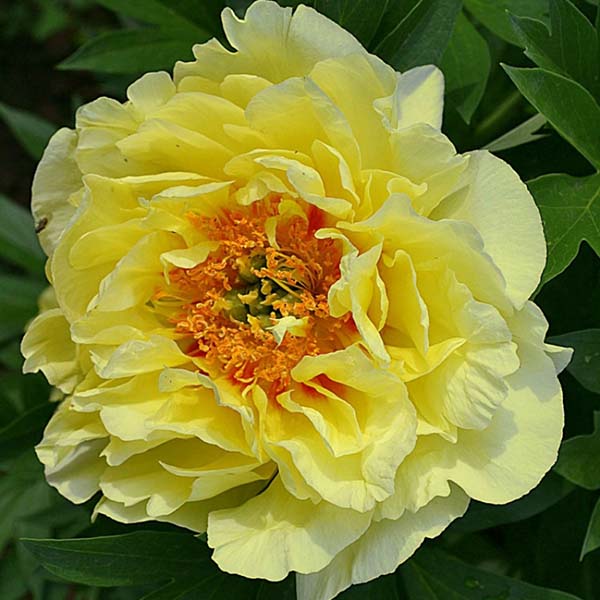
Herbaceous
- Evasive (or also called Maryin root);
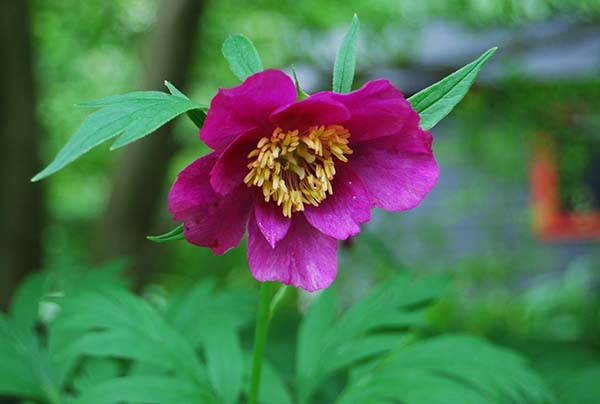
- Medicinal (Ordinary);
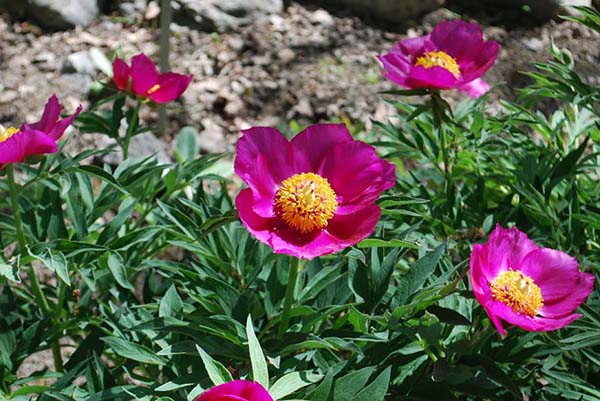
- Narrow-leaved;
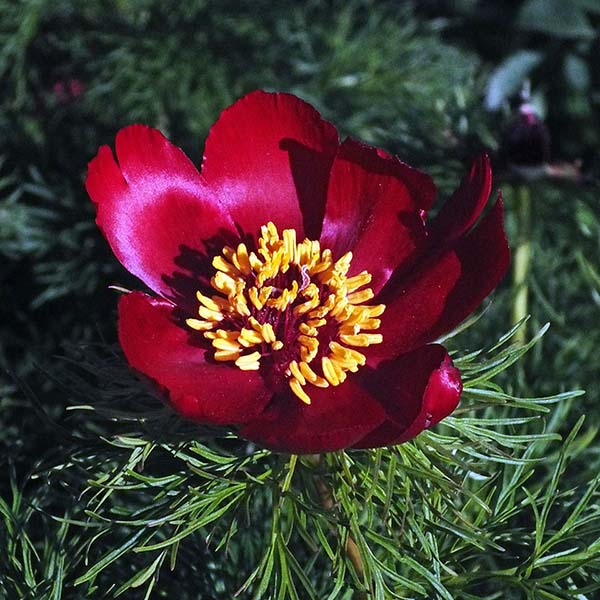
- Mlokosevich;
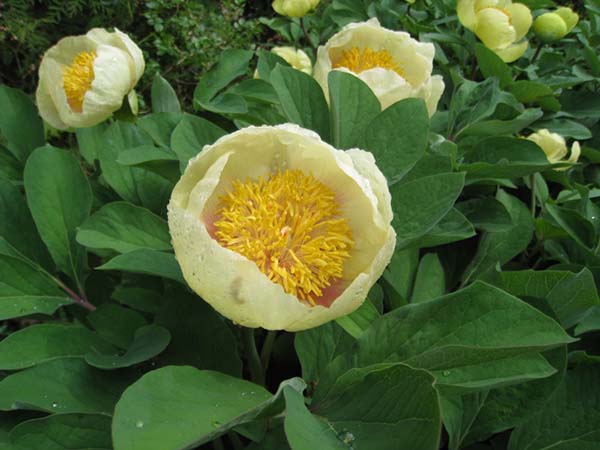
- Milk-flowered (White-flowered).
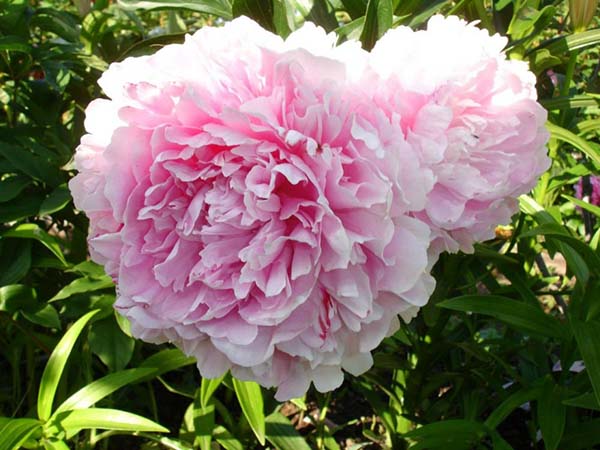
According to the shape of the buds, peonies are divided into:
- non-double;
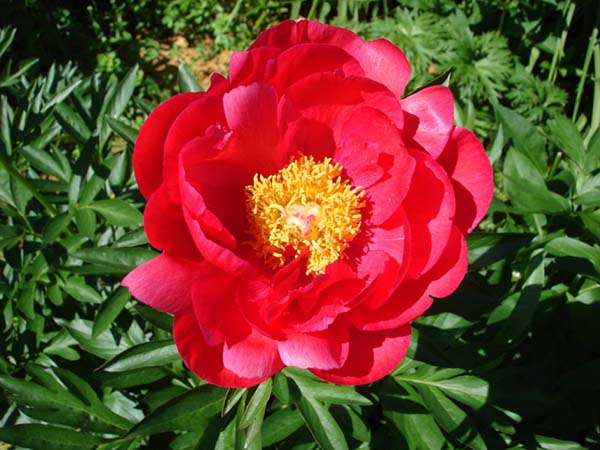
- semi-double;
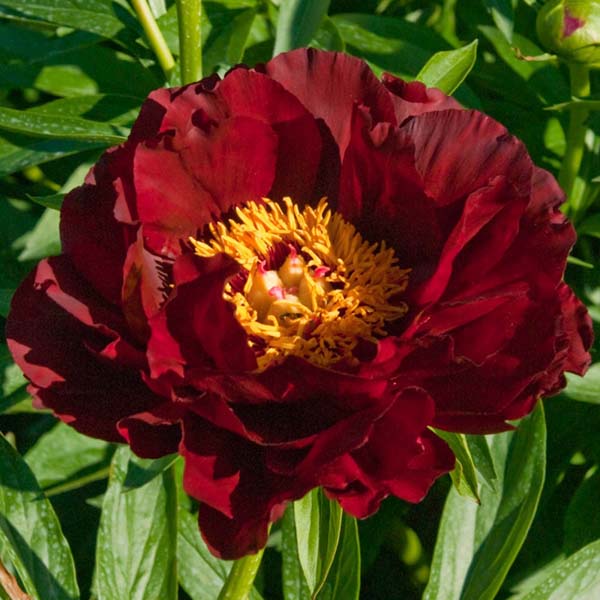
- terry;
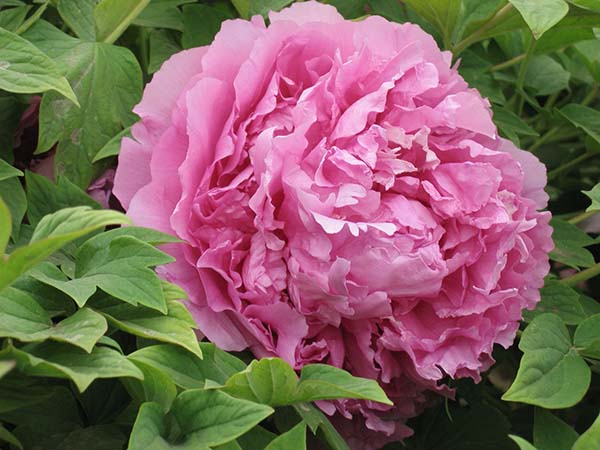
- Japanese;

- anemic.
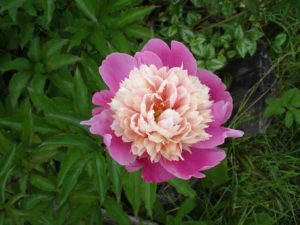
Depending on the time of the beginning of flowering, peonies can be divided into:
- very early (before June 5)
- early (as a rule, they begin to bloom from June 5-10);
- medium (from June 10-20);
- late - (from June 20-30);
- very late - (after June 30).
Video: everything about peonies for beginners
Choosing healthy peony seedlings: the main selection criteria
The packaging itself can help in choosing a good peony seedling, since, as a rule, the name of the variety itself and its brief description are highlighted on it, as well as the number of divisions for planting is indicated, there is a mark on quality control. Of course, you cannot neglect the mini-planting instructions that are printed on the back of the box.

It is critical to inspect the boxes (through a transparent plastic bag). It is especially worth focusing on the following elements:
- on the number of renewal buds (at least 3 pieces);
- on the number and length of adventitious roots (at least 2 roots longer than 5 cm);
- on traces of damage and signs of disease.
It is not advisable to purchase a seedling if the following signs of poor quality are present:
- excessive moisture or, conversely, dryness of the cut;
- specific smell (it stinks sharply with mold or rot);
- suspicious growths or noticeable thickenings on the rhizomes (such specimens have a very high risk of cancer or, which is just as bad, a root nematode).

Important! If you got a cut with only 1-2 kidneys, do not rush to throw it away. It's just that such peonies will not grow so quickly and will bloom 1-2 years later.
Video: how to choose peony seedlings in spring
By the way! Peonies start selling in February-March. If you buy them so early, then you will have to follow certain measures to preserve the seedlings of peonies before planting in the open ground. The following videos will help you with this.
Video: buying peonies and storing them until spring planting in open ground
Video: planting a peony from a pot in open ground in spring
The optimal place and soil for planting peonies
When the peony grows in brightly lit location, then his flowers are large, magnificent saturated color. A little natural shading at noon does not bring trouble. But strong is abnormal and uncomfortable for him. It cannot pass without problems and sometimes leads to a complete absence of budding, sometimes even to the death of the plant.
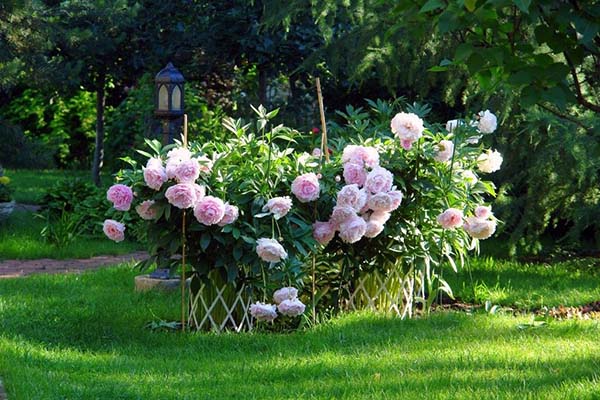
But in relation tosoils peony is quite unpretentious, although does not like acidic soils.
By the way! It should be noted that the most remarkable decorative effect is achieved when the peony grows on cultivated soil or loam (soil with a high content of clay and
significant amount of sand), which is able to accept and retain water well.
If you are going to plant a peony near groundwater, then you must not allow their level to cross the mark at 0.5-0.7 m from the surface at the landing site. This is fraught with decay of the roots of the plant, and, consequently, the death of the bush. In such cases, it is required to raise the flower beds higher, adding soil.
When and how to plant peonies in open ground: step by step instructions
It is recommended to plant peonies in early spring, or rather before the start of stable warming, in other words, the optimal time is the whole month of April (for the Central strip, Moscow region). This is done so that before the shoots appear, the delenka has time to root well in the soil.
Direct landing
It is wiser, of course, to make a landing hole in advance so that the earth has time to sink a little. But it's okay if you dig it up right on the day of planting the rhizomes.

Step-by-step instructions for planting peonies in open ground in spring are as follows:
- We make the planting hole larger than the root system of the seedling, and this is in the region of 60 by 60 cm. The distance between the seedlings should be about 1-1.5 meters. We fold the upper fertile soil layer on one side of the pit (we still need it), the lower one on the other.
- We loosen the bottom of the pit a little more and fill it with a 10-20 cm layer of drainage (your choice - it can be either expanded clay, broken brick or the most common river sand, depending on what you have available).
- To the roots down into the pit we dump the upper (more fertile) layer of soil, followed by a bucket of excellent compost or humus, 80-100 grams superphosphate and 60-80 grams of potassium sulfate or 2 glass wood ash... Next, we mix everything thoroughly. If the soil is excessively clayey, then it is recommended to add sand (peat is also allowed), and if, on the contrary, is too sandy, on the contrary, clay.
- Further, we add such an amount of fertile soil so that about 20-25 centimeters remain to the surface.
- We straighten the roots and put a peony cut in the center of the pit. With heavy soil, it is necessary to deepen the divide from the point of growth of the buds by 4-5 cm, and with light soil - by 5-6 centimeters.
- Now you need to cover the roots of the peony with soil, and compact it a little with your hands, but not with your feet.
- Then water well. If suddenly the soil subsides slightly, then additional soil should be added.
- It will be absolutely right decision if you mulch the hole with peat or humus. Mulch will protect against excessive overheating and cracking of the soil, in other words, it will create optimal conditions for the rapid rooting of the cut.
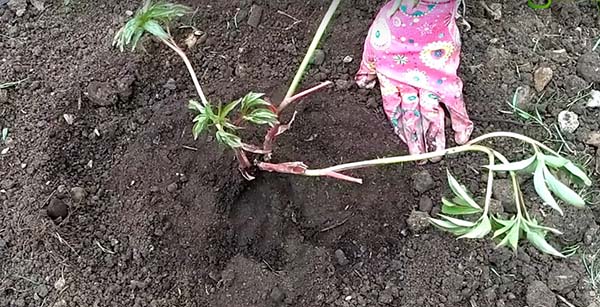
Note! One of the reasons for the weak or complete absence of flowering may be too much deepening of the peony bush when planting. On the other hand, on the contrary, an excessively close location to the surface can lead to freezing of the plant in winter.
Outdoor peony care: mandatory activities
Your peony bushes will grow and bloom intensively if you take intensive care and proper care of them. And this will require high-qualitywatering, periodicloosening and regular weeding. And also (after a while) be sure to regularly feed.
In the first days after planting, peonies need to be watered daily for more successful rooting.
When planting in spring, it is very important to keep the soil moist at all times, as the leaves are already growing and there are no suction roots yet. The tubers will be depleted.
When the period of active growth begins, the land near the plants should be abundantly irrigated with cold water (+ 22-24 C). When dry and hot weather sets in, it is worth watering so that moisture penetrates right up to the roots. The watering rate for an adult peony is about 2 buckets. Try to avoid getting moisture on the leaves, otherwise wait for the inevitable disease of the plant with a fungal infection.
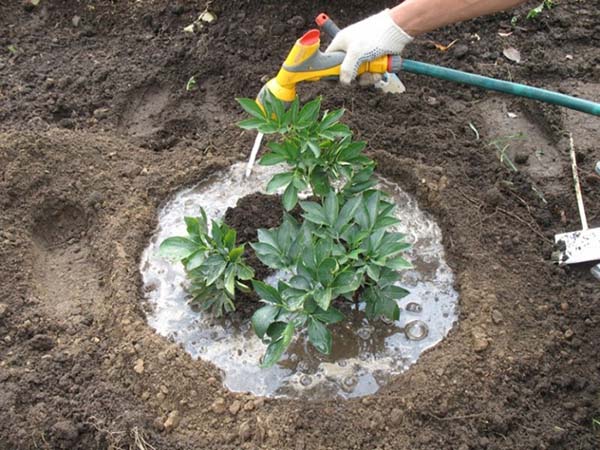
Prompt weeding and loosening of the soil will help resist the appearance of dry crusts on the surface of the earth.
About such an important component of peony care as feeding let's talk separately.
By the way! The site already has a detailed article about feeding peonies in spring.
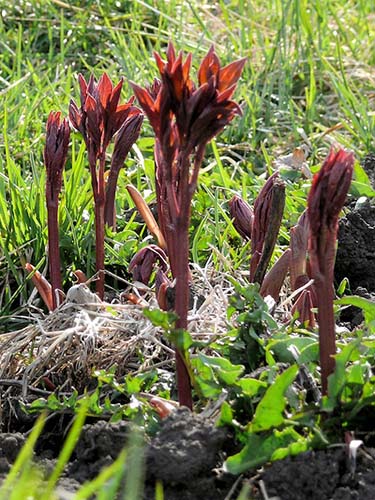
Root dressing
Starting from 2-3 years of development for luxurious flowering, in addition to regular watering, loosening and weeding, peonies will need to be additionally fed.
Note! The site already has a detailed article about spring feeding of peonies.
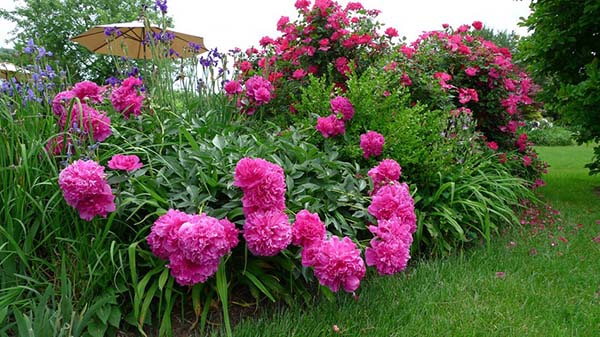
As a rule, feeding is carried out in 3 stages:
- Feed for the first time the peony follows immediately after all the snow in the garden has melted. At this time, we proceed from the greatest need for nitrogen-potassium fertilizers.
- Next top dressing carried out already during the formation of buds.Each bush should be fed with a complex fertilizer, in other words, the feed should contain nitrogen, phosphorus, potassium (nitrogen can be slightly less).
- The last autumn feeding should be produced 10-14 days after flowering (for new buds and successful wintering). The fertilizer should include 1 tablespoon of phosphorus and potassium.
Important! You should not be surprised at the need to monitor the rate of use of fertilizers, since an unbalanced amount (in particular, nitrogen) causes wild overgrowth of unnecessary foliage, and budding is suspended.
Video: care and feeding of peonies in the spring before flowering
What fertilizer to feed peonies
In order not to burden you with the problems of finding the right fertilizers for feeding peonies, we will help you figure out which modern drugs should be taken with the greatest seriousness and how to choose the best and most effective.
Mineral fertilizer Kemira (Fertika)
According to the reviews of practitioners of flower growers, Kemira (Fertika) gives flowering of excellent quality, and also increases the vitality of plants to many fungal and viral diseases. It is economical, odorless, diluted without sediment. Recommended for use in the spring and summer season.

Organic fertilizer Baikal EM1

To restore the fertility of the soil in which peonies grow, to saturate it with oxygen will help live microorganisms contained in a microbiological fertilizer, prepared on the basis of EM technologies. Fertilizer Baikal EM-1 add compost and in spring or autumn mulch it (enriched with compost) the tree trunk circle.
Foliar dressing
Those who prefer foliar feeding will like the Ideal fertilizer. This product is based on vermicompost and contains everything that flowers love so much. For this type of feeding, it is just right to spray with a spray bottle (you can pour it from a watering can, in which there is a small calico), the leaves of both young and adult bushes once a month. Solution consumption - 2 caps per 1 liter of water.

By the way! If you add a little to this solution laundry soap or a tablespoon of washing powder per bucket of water, then such a "soapy" solution will stay on the leaves better and longer.
Video: how to care for peonies in spring - feeding
Carrying out timely feeding in accordance with all the rules will help to develop and bloom healthy and truly beautiful peonies. It is logical that for a stronger effect, fertilizing should go along with operational watering, loosening and weeding the soil from weeds.
Video: why peonies do not bloom
Note! About, what to do with peonies in autumn (feeding, pruning, shelter) and how to properly prepare them for winter read in this article.
Every novice summer resident is able to destroy the ridiculous stereotype about the impossibility of successfully planting peonies in the spring. To do this, you need to know and correctly follow the proposed recommendations for choosing a seedling, place, soil, as well as creating normal conditions for growing and caring for these magnificent perennial flowers in spring.
Video: how to plant peonies in the spring

